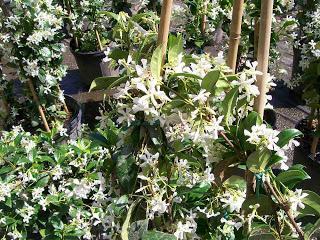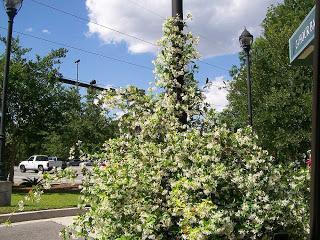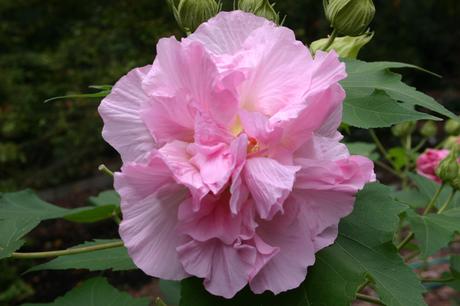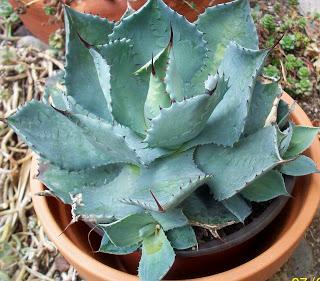South Carolina was one of the Confederate States of America which consisted of the governments of 11 Southern states that seceded from the Union in 1860-61. So it is fitting that I use this background to introduce today's topic. The Confederates.
There are some plants that use Confederate in their common name, which can actually get confusing, and I will discuss this in a moment.
The first Confederate I want to discuss is Confederate Jasmine (Trachelospermum jasminoides).

Contrary to its name, Confederate Jasmine is not native to the Southeast, nor is it a true jasmine. It is actually native to China. When supported, this twisting, twining vine can reach up to 20 feet or more. Without support and with some tip-pinching and pruning, it can be a spreading shrub or groundcover.
It is a fast-growing vine that can be grown on lamp posts, trellises, or arbors. It will easily twine through chain link fences and makes a great, evergreen screen.

In early Spring and Summer, Confederate Jasmine produces clusters of small, white, VERY fragrant flowers that look like tiny pinwheels. This plant prefers full sun to partial shade. It likes a moist but well-drained soil, however it is drought resistant. It is relatively problem-free, though rabbits have been known to graze on it. It is primarily grown in USDA Zones 8 - 10. There are a few cultivars that are hardy to Zone 7. Propagation is done by cuttings as they root easily when taken in the Spring. This is probably the South's favorite flowering vine. I highly recommended Confederate Jasmine to new gardeners. It is easy to grow and satisfies with quick growth and a fabulous floral display. Who wouldn't want to come home to this?

The next Confederate I would like to discuss is the start of the confusing ones. Confederate Rose.

Botanically this is Hibiscus mutabilis. As with the Confederate Jasmine this is neither a confederate, it too is originally from China, nor is it a rose, it is in the Hibiscus family.
One of the most interesting things about this flowering shrub are the flowers themselves. Three distinct colors appear on the bush simultaneously as the blooms color cycle independent of one another. They open white or pink, and change to deep red by evening.
This can be a large shrub or small multi-stemmed tree that grows to 15 ft high with about a 10 ft spread. USDA Zones 7-9
This plant likes full sun to partial shade. It thrives on regular watering but is very drought tolerant. It is propagated very easily by cuttings.
This is a great plant to add to your landscape as little to no care is required. This shrub truly takes care of itself and is adaptable to most locations and soil conditions. One last tidbit about the Confederate Rose. You can learn a lot by the plants botanical name, (mutabilis), it is mutable, it's flowers changing color with age.
The last plant I would like to discuss is the Confederate Rose.
I know, I did that one already. This is the Confederate Rose Agave. See how common names can screw you up?

There is some confusion as to the exact botanical name, it is believed to be a hybrid, possibly a cross of Agave parrasana and Agave Parryii.
Either way, it is a very nice plant. It is considered a medium sized Agave which grows in clustering rosettes up to 1 foot across and 1-2 feet high. It has deep blue/gray short, stubby leaves, with sharp reddish teeth on each leaf. USDA Zones 8-11
As with all succulents this thing is VERY drought tolerant. However, many people do not realize that this plant is so tough that it is highly frost tolerant, it can handle down to below 20 degrees and withstand the blazing hot summer sun. Propagation is usually done by the pups that it sends out.
So there you have it, The Confederates.
Not a story of division between the states nor a story of war. Just some very good, relatively problem free, plants for a Southern Landscape.
I hope you enjoyed this article, for now, this Yankee is off to feed some Southern mosquitoes, rumor has it that they think Yankees are delicious.
Happy Growing!
Darren

